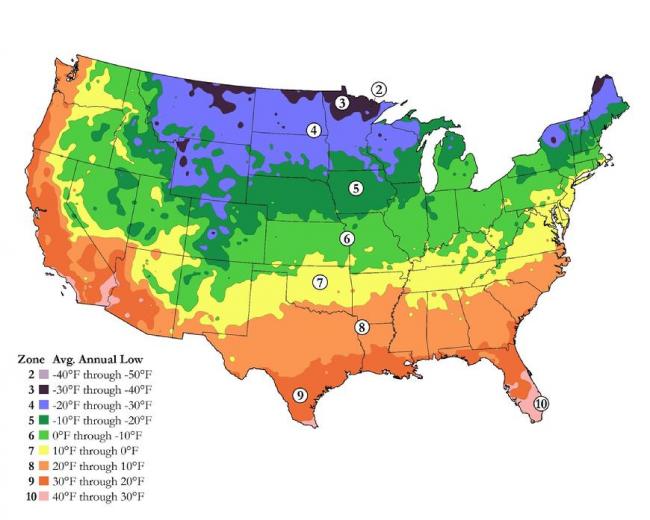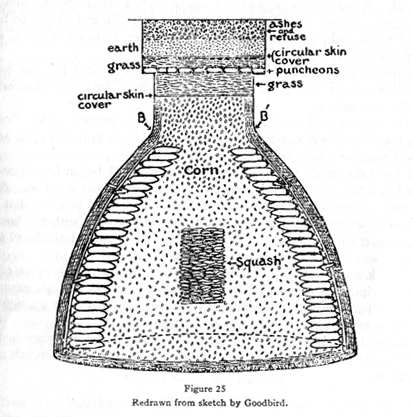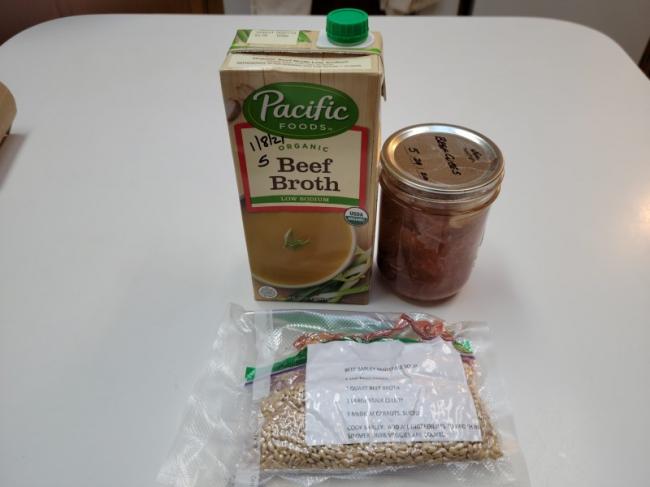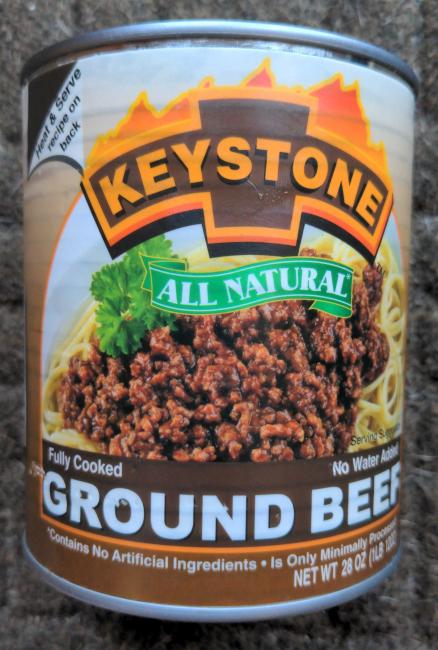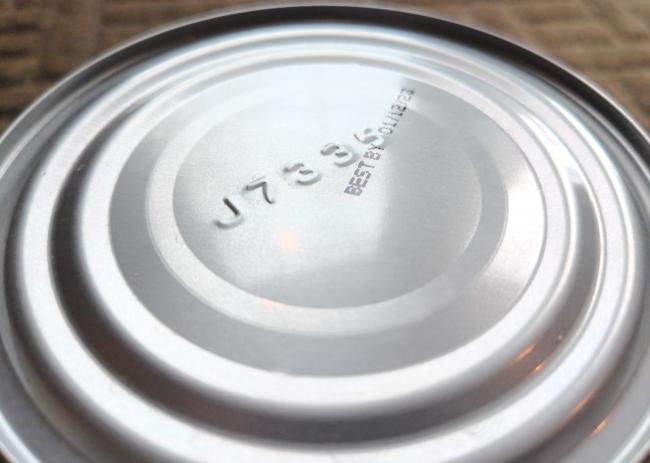Recognizing when it’s time to change how you prep
Yesterday, my prepping evolved. I made a hard choice and packed up all my canning gear for donation.
Over fifteen years ago, I purchased all of it when I ramped up my preps. It was a natural choice to return to the lifestyle I knew so well. Canning was part of self-sufficiency.
The problem was I never used any of it. The canning gear sat in unopened boxes for the someday promise of a garden.
The canning supplies also sat in boxes because there was no room on my prep shelves for any of those lovely unfilled jars. That was because I had already stocked my shelves with store bought cans, regularly rotated and neatly stamped with expiry dates.
There was no way to carve out more room in my prep storage. The space just wasn’t there and yesterday, I finally accepted that fact.
I also accepted that jarred foods as preps don’t make sense for me anymore. My husband and I avoid high sugar foods and rarely eat jam.
Arthritic hands mean an unpredictable grip. If I drop a jar, it breaks. If I drop a can, it dents.
If we ever had to bug out or set up an alternate location for bug out, it will be easier to load tin cans than glass jars.
I was also concerned about the sustain ability of long term canning without replenishment of canning supplies, like lids or even fuel to properly sterilize jars and keep the process clean under what might be adverse conditions.
The risk of a bad batch of canning had always bothered me in the back of my mind. My Mom was an expert canner, and yet, I remember a time when she culled a batch of canned beans because she didn’t like the look of them that winter.
A friend made us lunch one day and proudly brought out her jar of jam. There was mould under the paraffin seal. I expressed regret that her jam was spoiled. She didn’t believe that it was “spoiled” and scooped the upper layer of jam out of the jar. I refused to eat any of it. Mould on the surface is also below the surface and should never be consumed.
No matter how careful a person is, home canning does carry the risk of botulism. A pressure canner is safest for low acidic foods, but it always goes back to operator error as a possible source of food borne illness.
Food borne illness is not something anyone wants to encounter in the best of times and definitely not during a crisis where medical care may be unavailable. Spoiled and inedible food is not a prep.
The last factor in my choice to relinquish my canning gear and preserve food using different methods was because of what happened last summer.
My someday promise of a garden finally arrived. I promptly blanched and froze everything that I grew. The thought of canning in that heat never crossed my mind. Not once.
I realized that it was time to evolve again.
The word evolution comes from the Latin “evolvere” meaning “unrolling.” One of it’s meanings is “gradual development” and that is exactly what prepping has been for me.
Prepping is not a static, “do it this way forever” practice. It is a part of a life that undergoes growth, change, and gradual development.
If anything prepping has taught me to face reality and find solutions.
So, it is out with the canning and hello freeze drying. I have my home sized freeze dryer picked out. Until the budget allows it, I will be deep freezing my produce instead. What I grow this year will also be harvest as part of daily meals and if there is surplus, it will go for donation to the food bank.
I believe the freeze dryer will be a good prepping investment. Freeze dried foods have a longer shelf life than dehydrated foods. I can seal the freeze dried food into mylar bags and put them into pails for storage. The pails work well on my storage shelves and I don’t have to worry about breakage.
These are the moments in prepping when we can practice courage by letting go of an idea of how to prep that no longer works for us.
I was holding onto the tradition of canning and the memories it held for me. Now, I am forging new methods that hold the promise of new lessons and more to learn.
I think sometimes in prepping, there is a tendency for people to embrace ideas or methods of survival, because that is what everyone else is doing. However, that doesn’t always make it right for you. No matter how you prep, do what works for you. Don’t be afraid to evolve.
-
Comments (34)
-
